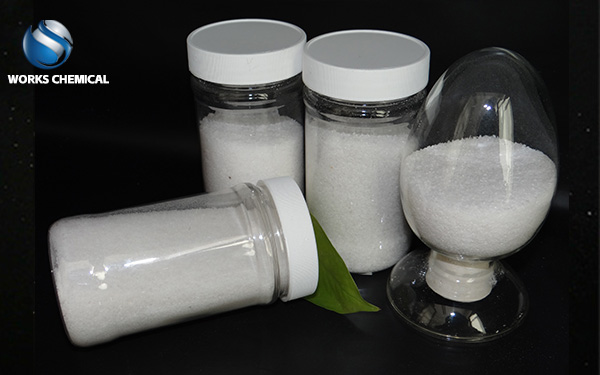
Sludge dehydrating agent refers to the sewage is concentrated to form a concentrated sludge, the sludge dehydrating agent is added to the concentrated sludge for mixed reaction, and then the water is filtered through the desilting equipment, so as to form a mud cake and achieve solid-liquid separation.

Common sludge dehydrating agents include: polyacrylamide, polyaluminum chloride, biological flocculant, alum, lime, ferrous sulfate, polyferric sulfate, aluminum chloride and other products.
Polyacrylamide sludge dehydrating agent for different sludge needs selection, such as coal washing, sand washing, mineral processing and other tailings water contains a lot of sediment, anionic polyacrylamide or non-ionic polyacrylamide. Paper making, pharmaceutical, municipal sewage, industrial sewage contain a lot of organic matter, should choose cationic polyacrylamide.Sludge deep dehydration refers to adding sludge dehydrating agent or sludge conditioning agent to the sludge, so that the sludge and the agent react quickly, and then the conditioned sludge is driven into the sludge press filtration equipment by pump pressure to continue pressure dehydration. At this time, it is required that the agent and equipment are matched, such as the use of plate and frame filter press, the conditioned sludge can not be too large, the sludge floc is too large to cover the sludge surface water and interstitial water, and the moisture content is still high after filtration. When using demudging equipment such as belt filter press and centrifuge, it is necessary to hold tightly and large, so that a thick mud cake will be formed through extrusion, and the small flocs will quickly change back to mud after belt extrusion or centrifuge, losing the dewatering value and causing waste of agents.
When adding sludge dehydrating agent, it is necessary to choose the dissolution ratio according to different agents, such as polyacrylamide more than 0.1% for dissolution, polyaluminum chloride and polyferric sulfate and other agents more than 5% for dissolution, after the proportional dissolution of the agent, and then mixed reaction with concentrated sludge, in order to achieve efficacy and avoid waste of agents.